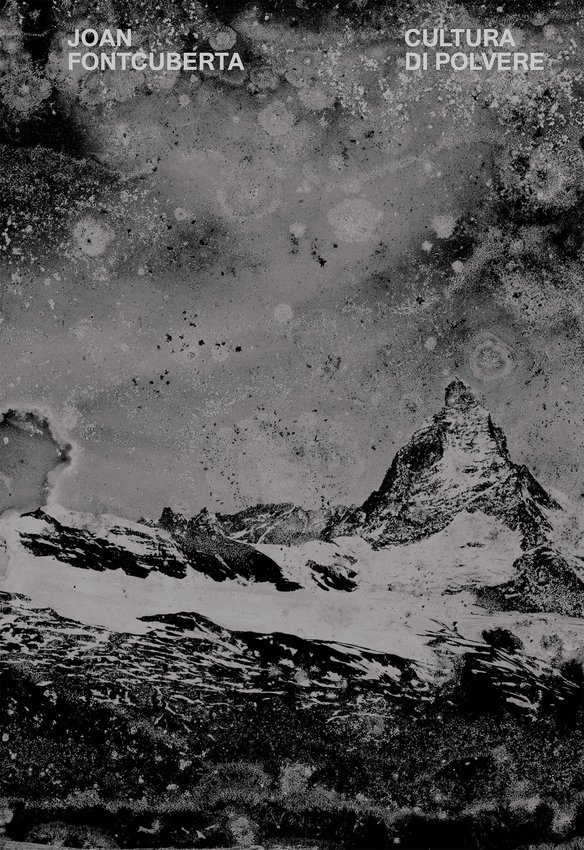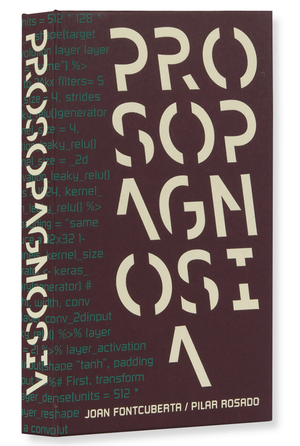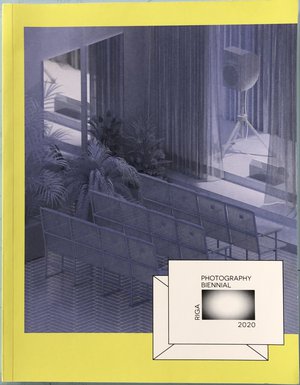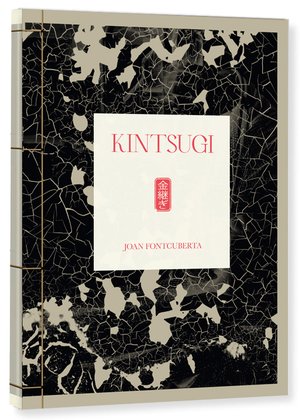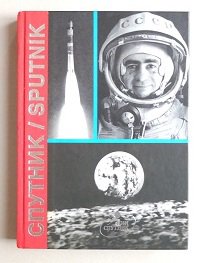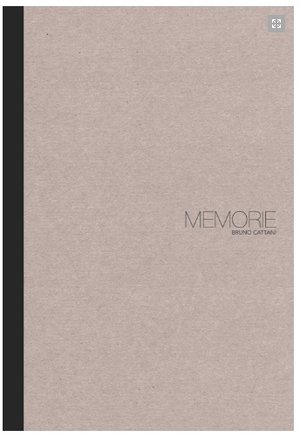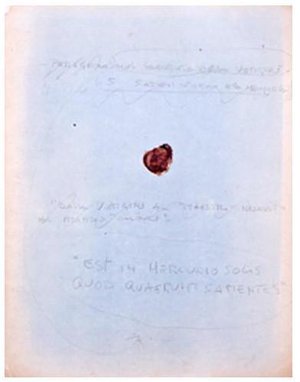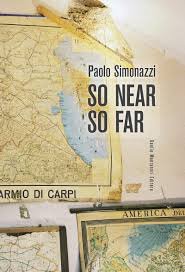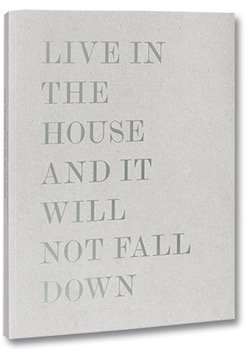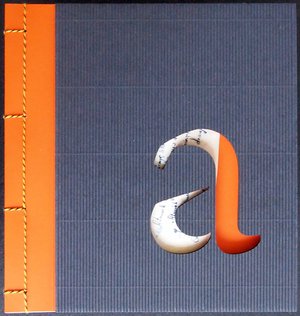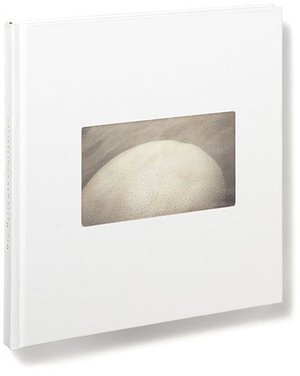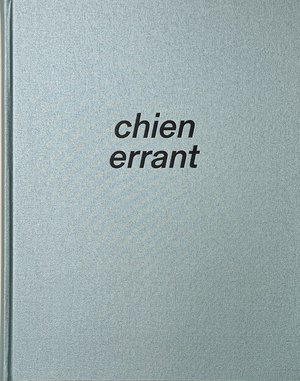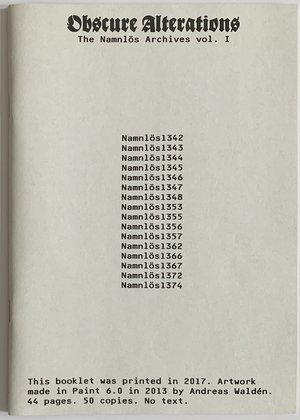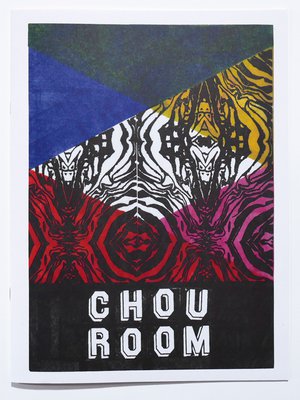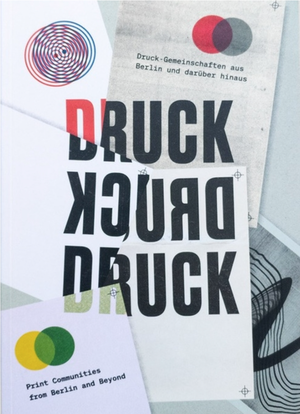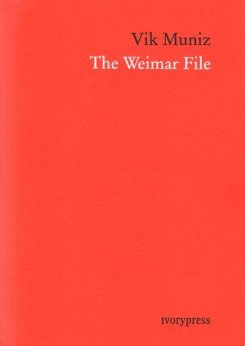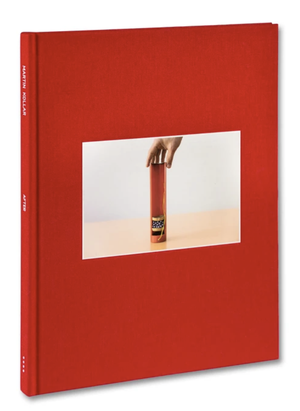Publisher Note
Conceptual artist and photographer Joan Fontcuberta presents ‘Cultura di Polvere’ (Culture of Dust), an enigmatic collection poetically situated along the scale from microcosm to macrocosm and back again.
Born from his residency at the Central Institute for Cataloguing and Documentation (ICCD) in Rome, which holds one of the most sizeable collections of historical images in Italy, the project allowed him to engage with the historical collections and produce a surreal work that raises questions about the immortality of photography.
“Visiting the Gabinetto Fotografico Nazionale at the ICCD (Central Institute for Cataloguing and Documentation) in Rome, the photographic artist Joan Fontcuberta has found a set of images by Prince Francesco Chigi Albani della Rovere. A keen traveler, Chigi photographed the alpine region where Switzerland, France and Italy meet, producing a set of stereoscopic glass plate negatives. Over time, humidity and mould have severely deteriorated their photographic emulsions. Ordinarily, such images would be either restored or discarded. Fontcuberta does neither, preferring to accept them for what they are, for what they have become, for the song they now sing. These decaying images have been digitally photographed, and the files have been reproduced in this book. The glass plates will, unless rescued, continue their slow but inevitable transformation into that ‘ultimate and universal ash’.
(…)
With the use of word ‘Polvere’ (dust) in his title for this project, Fontcuberta has in mind Elevage de poussière (Dust Breeding), the photograph taken in 1920 by Man Ray of the thick dust that had accumulated on the glass surface of an unfinished artwork by his friend Marcel Duchamp, titled La mariée mise à nu par ses célibataires, même (The Bride Stripped Bare by Her Bachelors, Even ), also known as Le Grand Verre (The Large Glass), 1915-23. For a number of months, Duchamp had left open the window of his studio at 1947 Broadway, New York. The idea was to let dust from the polluted modern city air settle, and then clear it away from all but a few key areas. The remaining dust would be fixed and sandwiched between sheets of glass in the final artwork. Duchamp planned to secure several different thicknesses of dust that would produce different densities of translucent colour to embody different periods of time. Decay becomes a measure of elapse. In this way the fixing of the dust was akin to the fixing of a latent image on a photographic negative or print.
- from the essay by David Campany
| Publisher | |
|---|---|
| Release Place | Ravenna, Italy |
| Edition | 1st edition |
| Release Date | 2023 |
| Credits |
Writer:
Artist:
|
| Identifiers |
ISBN-13:
9791280750136
|
| Work | |
|---|---|
| Topics | Archive, Dust |
| Language | English |
| Object | |
|---|---|
| Format | softcover |
| Dimensions | 16.0 × 24.0 cm |
| Interior | |
|---|---|
| Pages | 136 |
